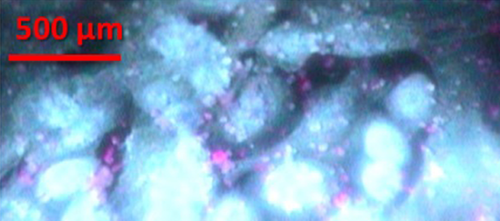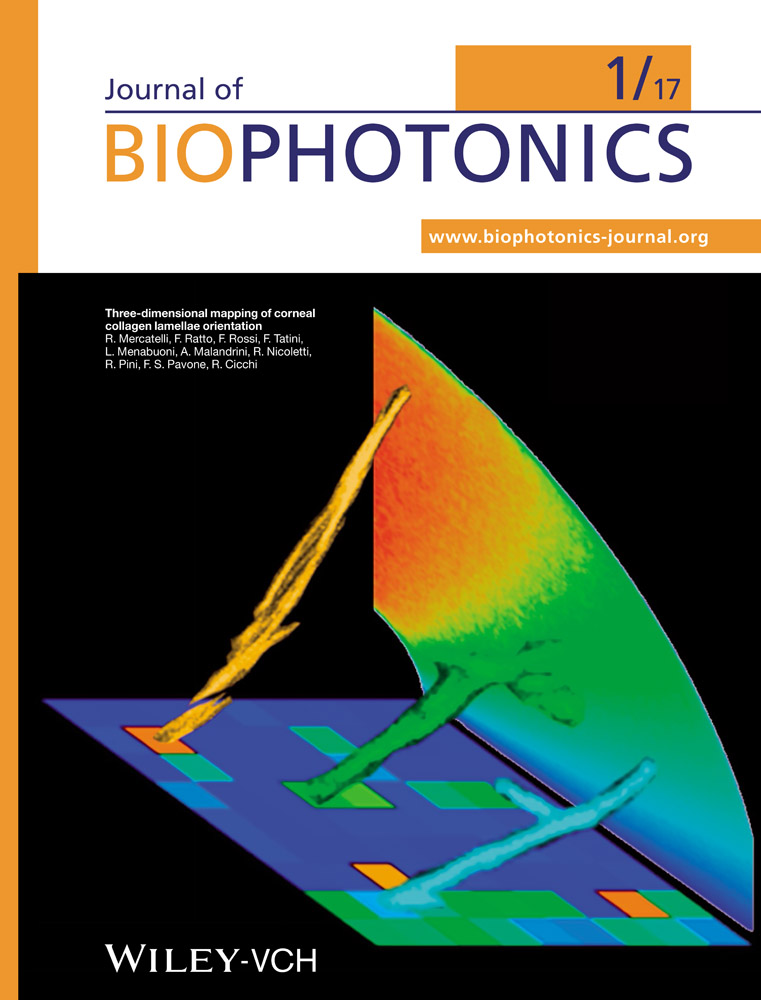Cancer cell identification by bi-color ZnO and TiO2 nanowires
Abstract
Semiconductor nanocomposites provide advantages beyond the capability of typical fluorescent materials for cancer detection. In this work, nanowire-based probes with dual color channels are employed to demonstrate the capacity of cancer cell detection. Purple emitting ZnO/antibody probes are applied to detect cancer cells and meanwhile TiO2/antibody probes with green light emission are applied to identify normal fibroblast cells. A series of quantitative analyses are conducted to verify the correlation between the concentrations of ZnO and TiO2 probes, cell numbers, and peak intensities of the PL spectra. The results provide a quantitative reference for developing nanowire-based cancel cell probes.





